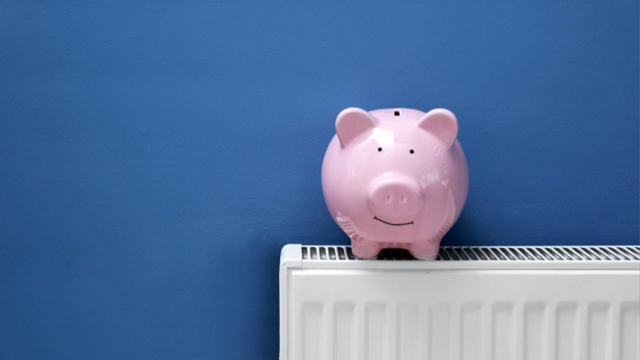
Energy costs have been rising steadily in recent years. Reducing utility bills while minimizing our environmental impact is a constant concern for homeowners. We all want comfort, but we also want to keep expenses under control. That’s why, when considering renovations to cut costs, thermal insulation stands out as a smart investment. Among the available options, one is both efficient and affordable: white blowing wool.
PUREFLOC white blowing wool delivers high-performance thermal and acoustic insulation while significantly lowering energy use.
PUREFLOC works by forming an effective barrier that limits heat transfer. Made from loose, lightweight fibers similar in appearance to cotton, this material has low thermal conductivity. It traps still air, which helps reduce heat loss. It’s applied using machines that blow the wool into cavities at pressure, allowing it to spread evenly, eliminate thermal bridges, and ensure full coverage. Because of its flexible nature, it adapts to irregular structures and tight spaces while maintaining its performance over time—making it one of the most complete and sustainable insulation solutions available.
One major advantage of this system is that it’s quick and non-invasive. For non-habitable attics, the material is simply spread over the surface in a thick layer. For wall, ceiling, or floor cavities, it’s injected through small holes. There’s no need to move furniture or carry out major construction, so the process is both time- and hassle-saving. In many cases, the entire installation can be completed in a single day, with minimal disruption to the homeowner.
As for costs, the price of white blowing wool depends on several factors: the type of home, the condition of the walls or ceilings, and the amount of material required. On average, the cost ranges from €10 to €25 per square meter, depending on insulation thickness and local labor costs
(source: caloryfrio.com).
But the energy savings make a significant difference. A URSA study on a standard building across various climate zones in Spain showed that PUREFLOC white blowing wool can reduce energy consumption by up to 60%. For instance, in a home located in Barcelona, the annual energy usage dropped from 71,820 kWh to 26,130 kWh after insulation. In a colder area like León (zone E), heating consumption fell from 122,636 kWh to just 44,083 kWh annually after installation.
These are substantial reductions that quickly pay back the initial investment through lower heating and cooling bills.
Beyond economic savings, the environmental impact is also remarkable. Over a projected 50-year span, one home could reduce its carbon footprint by an estimated 825,770 kilograms of CO₂. That’s a powerful benefit at a time when energy efficiency and climate responsibility are more important than ever.
White blowing wool is an investment that delivers economic savings, increased comfort, and environmental sustainability. Its benefits are felt in both the medium and long term, making it one of the smartest choices for homeowners looking to upgrade their property quickly, easily, and effectively. The investment pays for itself within just a few years—but the insulation performance lasts for decades. It’s not just a smart move for today, but a strategic decision for the future.